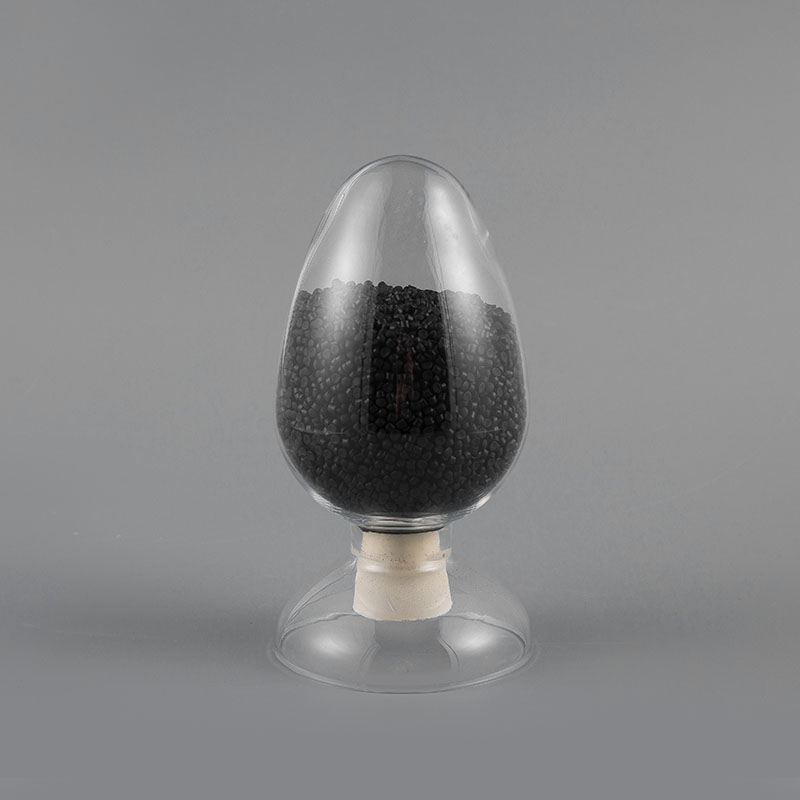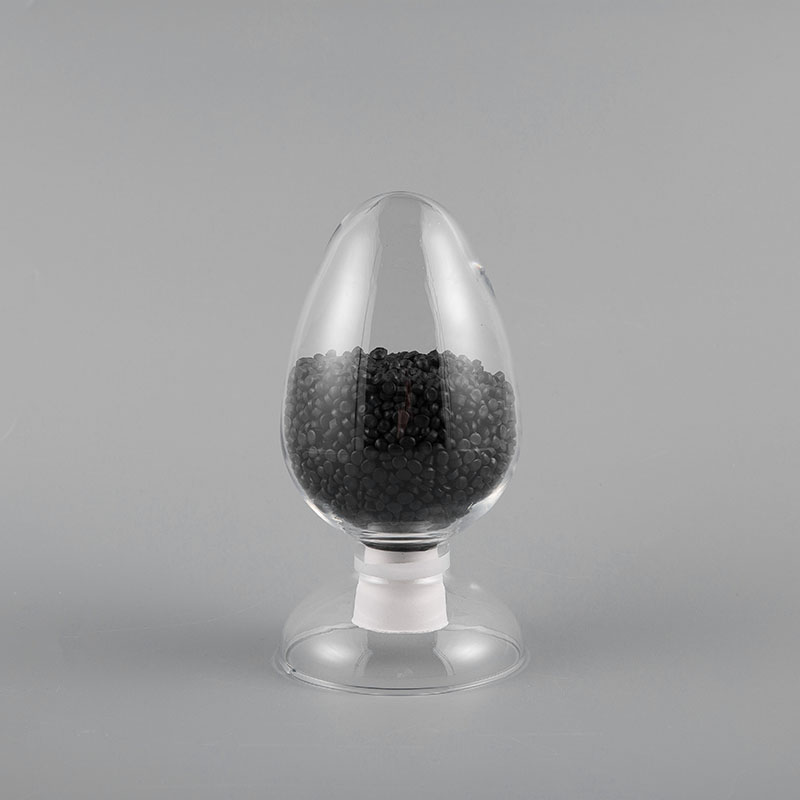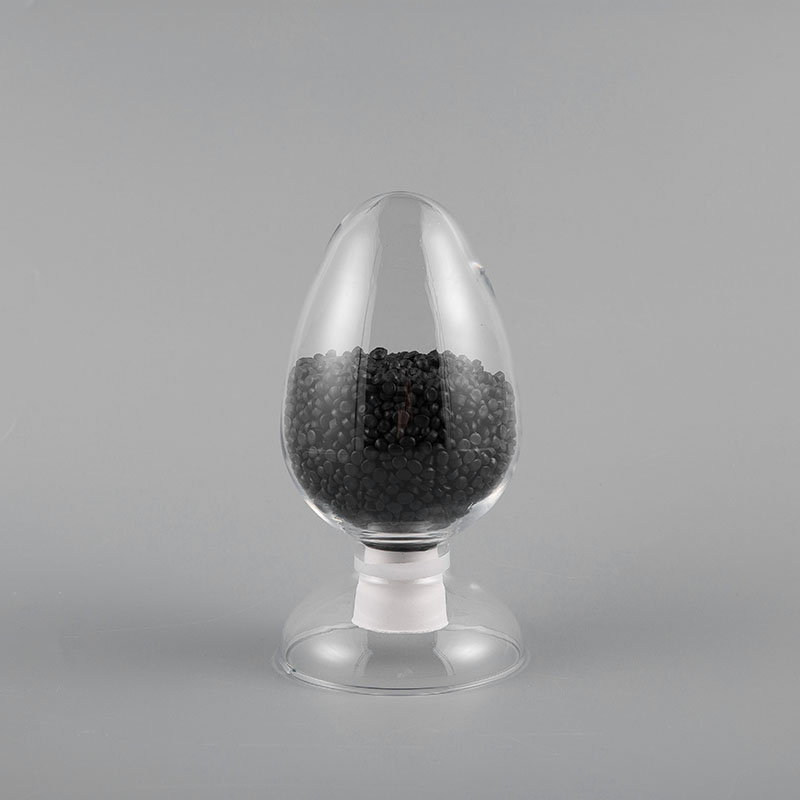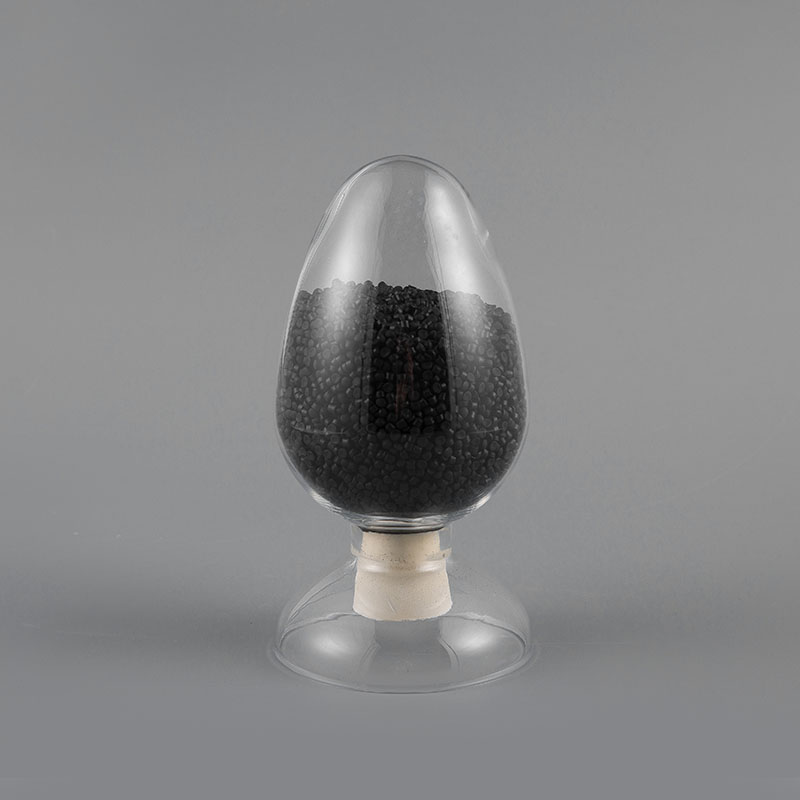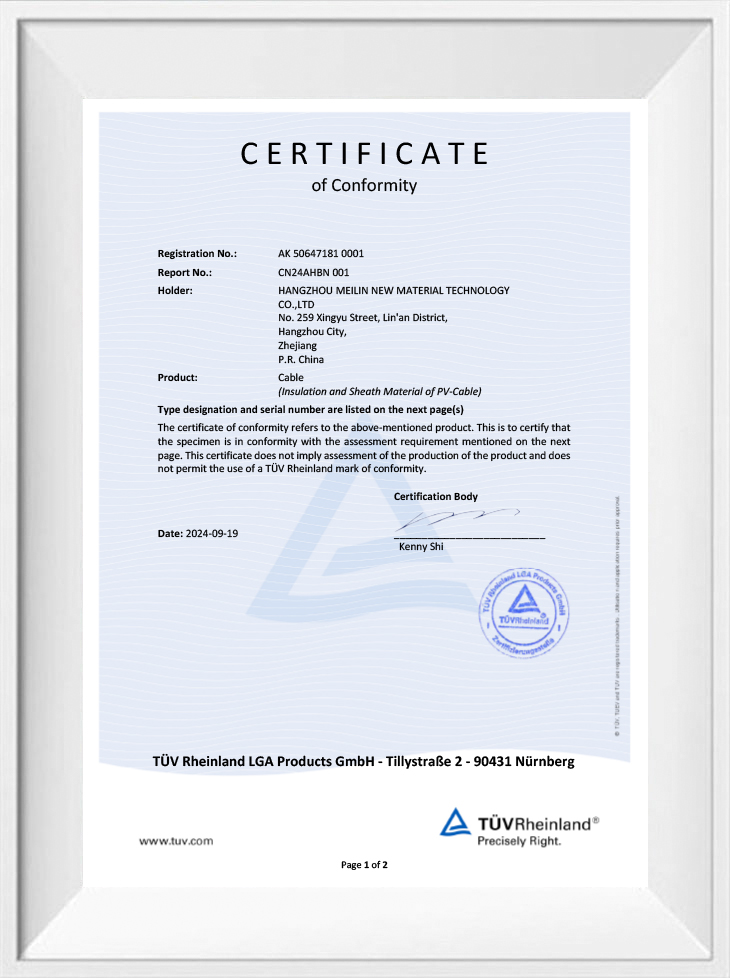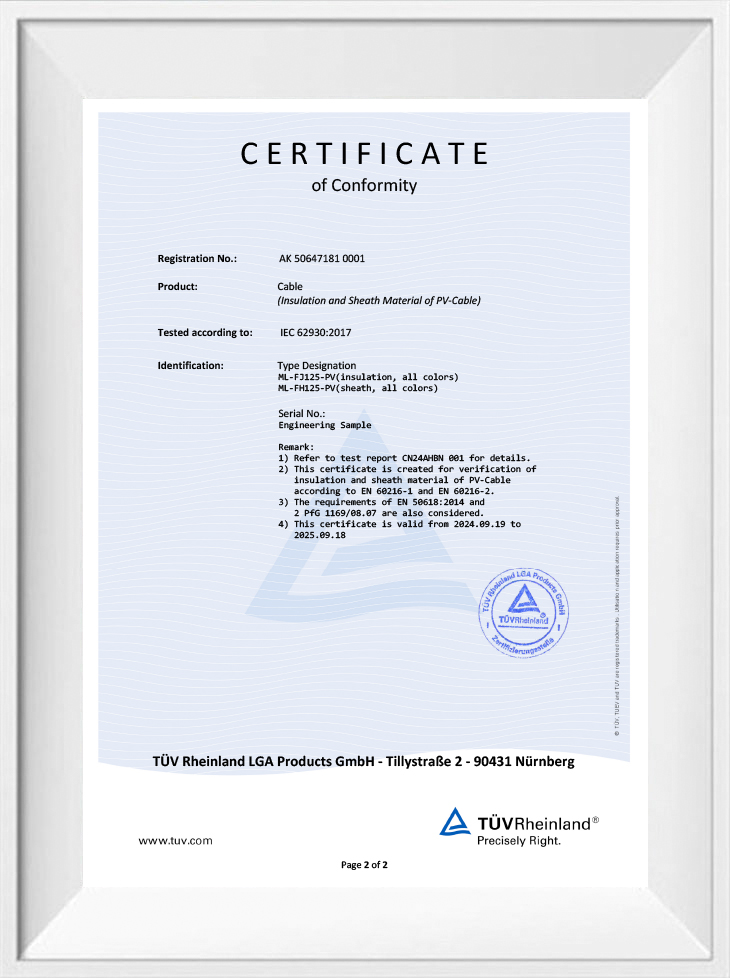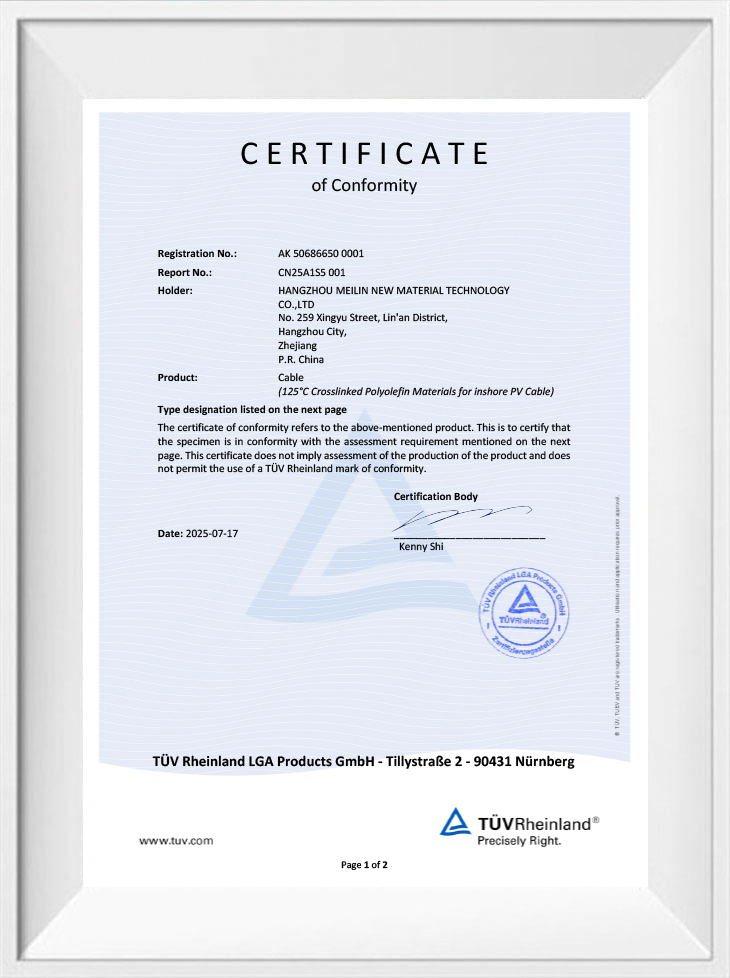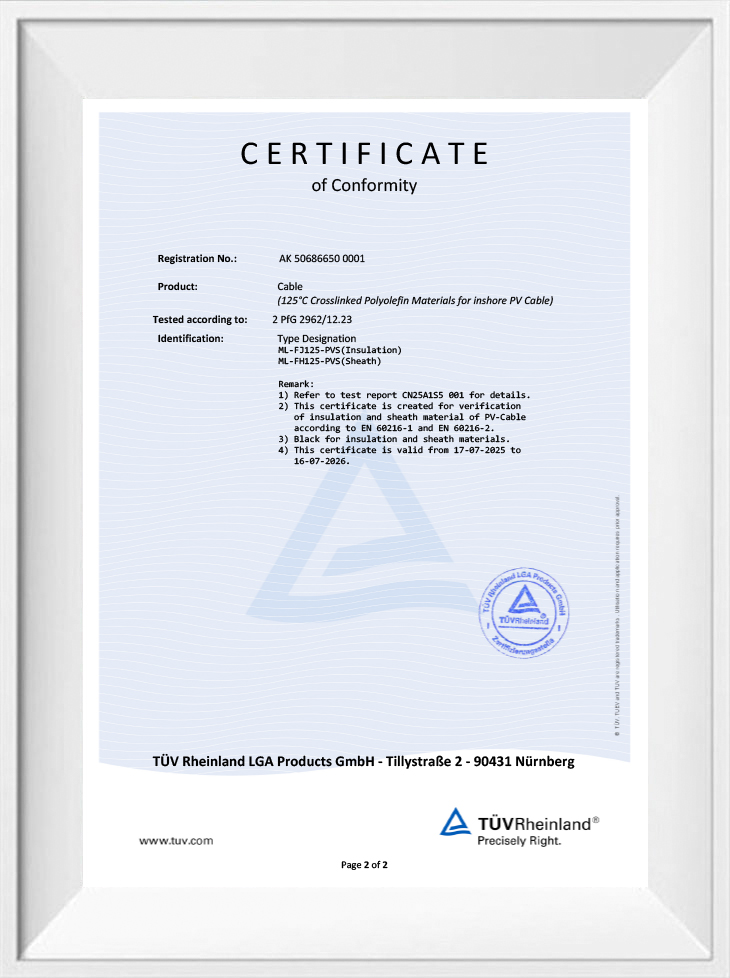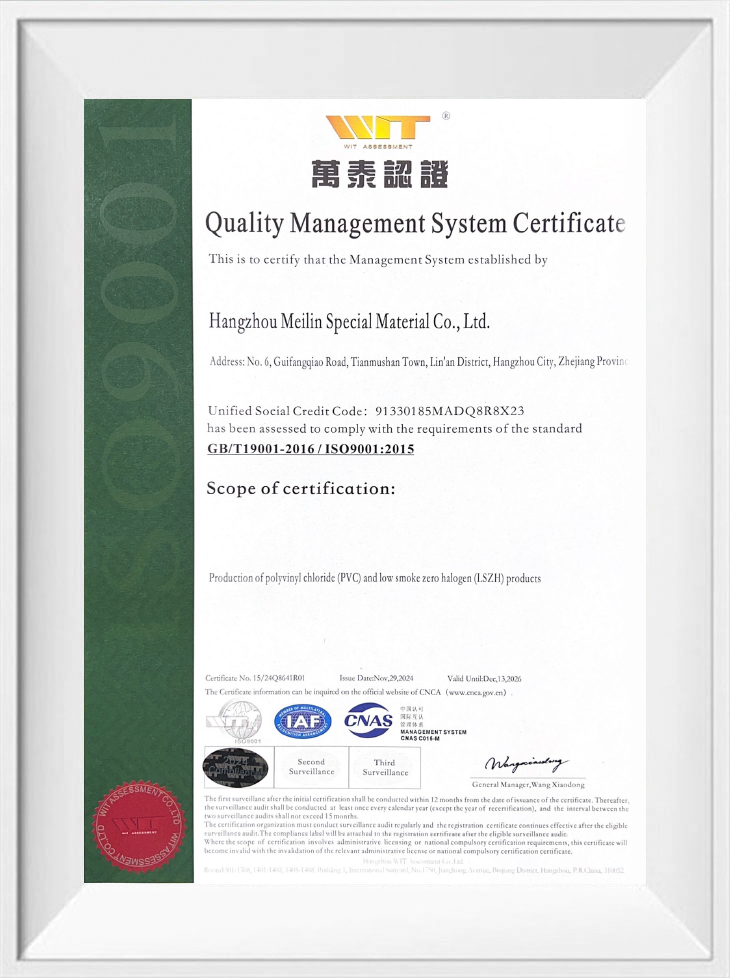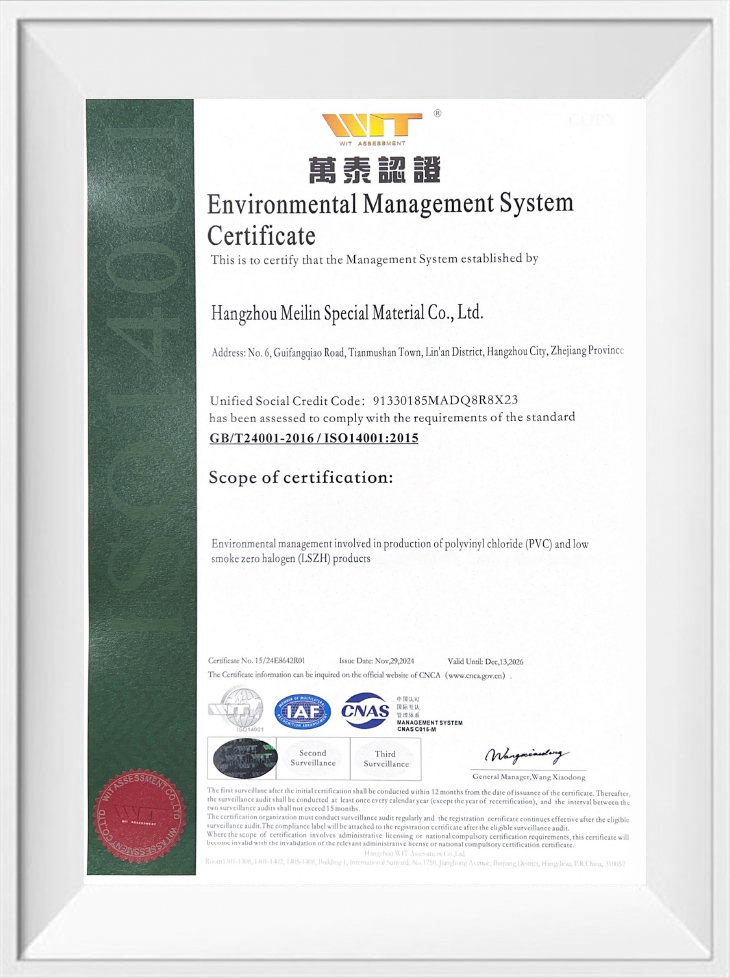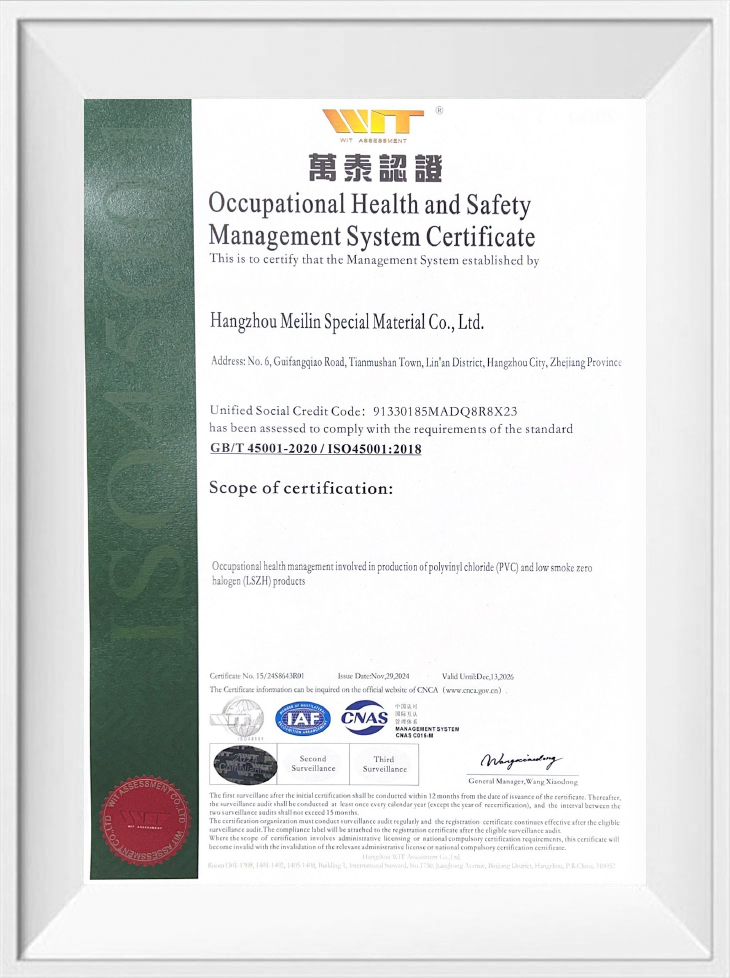ULH-75 75℃ UL Standard CM/CMR Grade Flame Retardant Network Cable Sheath Compound is based on polyvi...
ABOUT US
30YEARS OF
EXPERIENCE
About Us
Coming From China, Marketing To The World.
Hangzhou Meilin New Material Technology Co., Ltd. is China ODM/OEM Security Fire Alarm Cable Compound Suppliers and Wholesale Security Fire Alarm Cable Compound, we were established in July 1994 (formerly known as Zhejiang Lin'an Hongyan Plastic Factory). The company has two factories located at 619 Linglongshan Road and 259 Xingyu Street, Lingqiu Street, Linglong Industrial Park, Lin'an District, Hangzhou City. The registered capital of the company is 75 million yuan, covering an area of over 18000 square meters and a building area of over 30000 square meters. Currently, modern industrial factories and 18 advanced automated production lines have been built. The new factory area will be produced in 2021, making it the cleanest and most beautiful professional cable material manufacturer in the entire region—agreement conditions.
-
admin 12 Nov 2025
2025 Year Latest Edition: Full Analysis of HS Codes for ...
Read MoreIn the rapidly evolving wire and cable materials industry, the designation and compliance of the LSZH compound HS code have become critical for manufacturers, exporters and importers alike. This artic...
-
admin 06 Nov 2025
Understanding LSZH Compounds For Transportation Cables: ...
Read MoreIn today's high‑demand transit infrastructure and mass‑mobility systems, cable safety is a non‑negotiable concern. This article explores how LSZH Compounds For Transportation Cables provide superior p...
-
admin 30 Oct 2025
ZPE Compounds vs Traditional PE Materials: What Makes th...
Read MoreThe evolution of cable insulation materials has reached a significant milestone with the development of ZPE compounds for power cables, representing a substantial advancement over traditional polyethy...
-
admin 24 Oct 2025
Comparing LSZH vs PVC Cable Materials: Which Performs Be...
Read MoreThe debate between LSZH compounds for power cables and traditional PVC materials represents one of the most significant considerations in modern cable specification. As safety regulations tighten and ...
Security Fire Alarm Cable Compound Industry Knowledge
Analysis of key technologies of fire alarm cable materials (Compound): flame retardant and low smoke halogen-free properties
Core requirements of fire alarm cables
Safety first: In a fire environment, it is necessary to ensure continuous signal transmission to avoid system paralysis due to cable burning.
Environmental protection and health: Reduce the release of toxic smoke (such as hydrogen halides) to ensure the safety of personnel escape and rescue.
Key indicators of flame retardant technology
Flame retardant grade standards:
UL94 V-0/V-1/V-2: Self-extinguishing time and dripping requirements in vertical burning tests.
IEC 60332: Flame spread test of single/bundled cables (such as Cat. A/B/C).
Flame retardant mechanism:
Gas phase flame retardant: Compounds release inert gases (such as nitrogen) to dilute oxygen.
Condensed phase flame retardant: Form a carbonized layer to isolate heat (such as aluminum hydroxide/magnesium filler).
Advantages and challenges of low-smoke zero-halogen (LSZH) materials
Core characteristics:
Smoke density (ASTM E662/IEC 61034): light transmittance must be greater than 60% (traditional PVC is only 30%).
Toxicity index (EN 50305): CO/HCl content limit in combustion gas.
Common substrates:
Polyolefins (such as PE/EVA): Add metal hydrates (ATH/MDH) to achieve halogen-free flame retardancy.
Elastomer materials: Silicone rubber or TPU improves flexibility and is suitable for curved laying scenarios.
Technical balance in practical applications
Electrical properties: Insulation resistance and dielectric strength must comply with EN 50200 fire resistance standards (such as 950℃/180min).
Mechanical properties: Optimization of tensile strength and aging resistance (such as UV/humid heat environment).
Industry trends and innovation directions
Nanocomposites: Graphene/carbon nanotubes improve flame retardancy and reduce filler addition.
Bio-based flame retardants: Developing renewable raw materials (such as phytic acid derivatives) to replace traditional chemicals.


 English
English 中文简体
中文简体 русский
русский
